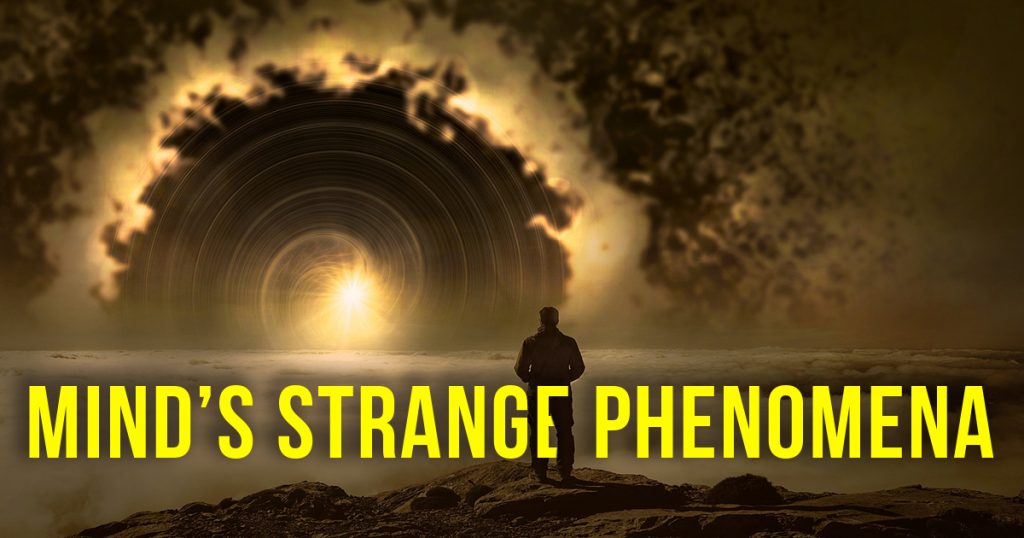Semantic Satiation: Why Do Repeated Words Turn Into Gibberish?
Have you ever experienced this?
Soccer. Soccer. Soccer. Soccer. Soccer.
After looking at or hearing a word repeatedly, it just doesn’t look or sound right.
You start to doubt if it’s a real word, or start to think “is it really spelled that way?”
This is actually a psychological phenomenon called semantic satiation, when a word loses its meaning (temporarily) because of constant repetition, visually or verbally.
It’s like Jamais vu and Déjà vu: the brain “glitches”.
Doctor Leon Jakobovits James from McGill University explains that the repetition of a word triggers responses in neural patterns in your brain that correspond to the actual meaning of the word.
Basically, seeing or hearing a word over and over illicits a reaction from your brain to recognize the meaning of the word.
But when this repetition is rapid, neurons start to fire one after another, also causing peripheral sensorimotor activity to occur in rapid succession.
This then causes reactive inhibition, which is basically a lessening of the “reaction” (in this case, recognizing the word) the more stimulus exposure there is.
With each rapid and successive repetition, the ability of the brain to recognize the meaning slowly decreases, causing that feeling of being unable to recognize the word as, well, a real word.
This is when the meaning will be lost for a bit– but no worries, after a short break from looking at or hearing that word over and over again, voila! It’ll start to click in your head again.
Have you experienced semantic satiation? If so, with which words?
Jakobovits, L.A. “Semantic satiation and cognitive dynamics”. Journal of Special Education 1967 (2): 35–44.
Jakobovits, L.A. and Lambert, W.E. “Stimulus-characteristics as determinants of semantic changes with repeated presentation”. American Journal of Psychology 1964 (77): 84–92.
Leon Jakobovits James (April 1962). “Effects of Repeated Stimulation on Cognitive Aspects of Behavior: Some Experiments on the Phenomenon of Semantic Satiation”
Ninose, Y; Gyoba, J (1996). “Delays produced by prolonged viewing in the recognition of Kanji characters: Analysis of the ‘Gestaltzerfall’ phenomenon”. Shinrigaku kenkyu 67 (3): 227–31. doi:10.4992/jjpsy.67.227




Responses